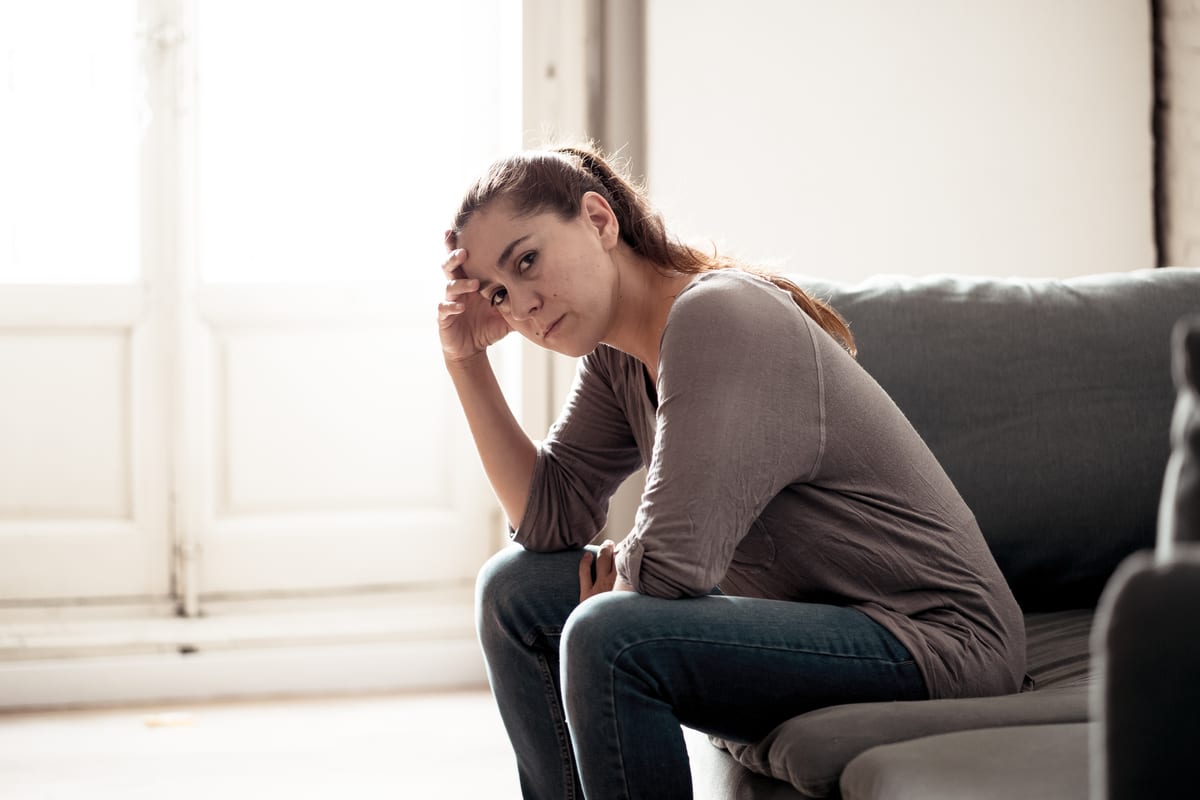
Education Center
People who experience a highly stressful event may have trouble returning to a normal state of mind afterwards. In some cases, they develop a mental health disorder related to the experience. This is known as a trauma disorder, and there are 7 different types:
Post-Traumatic Stress Disorder (PTSD)
PTSD is one of the most well-known trauma disorders. It’s estimated to affect around 8 million U.S. adults in a given year. Individuals develop PTSD following a traumatic event. While it’s common for initial symptoms to begin in the days following a traumatic event, symptoms can even begin to surface months later. Symptoms can be grouped into four categories:
In order to receive a PTSD diagnosis, you must experience a certain number of symptoms from each category for over one month.
Learn more about the signs, symptoms, and treatment for PTSD.
Complex PTSD
When individuals are exposed to repeated or prolonged trauma, such as childhood abuse, they develop a slightly different condition known as complex PTSD (C-PTSD). This shares many similarities to post-traumatic stress disorder, but also has some unique symptoms including:
Although some mental health professionals treat complex PTSD as a distinct condition, the Diagnostic and Statistical Manual of Mental Disorders (DSM) categorizes the symptoms under PTSD.
Acute Stress Disorder (ASD)
Acute stress disorder is very similar to PTSD but is shorter in duration. ASD symptoms develop immediately after a traumatic event and last three days to one month. If symptoms persist beyond a month, the individual has developed PTSD.
Secondhand Trauma
Secondhand trauma is also known as trauma exposure response or secondary traumatic stress disorder. It results from exposure to the firsthand trauma of other people. Symptoms of secondary traumatic stress include:
Secondhand trauma can happen to anyone, but it commonly affects professionals who work with trauma victims such as counselors, social workers, first responders, doctors, nurses and other healthcare workers.

Reactive Attachment Disorder (RAD)
Reactive attachment disorder occurs in children who cannot form stable attachments to their caregivers. If a child’s basic needs are not met or they are frequently placed with new caregivers, they are at increased risk of developing RAD. Symptoms may include:
Although rare, this condition can be devastating to a child’s normal development and may affect their lives into adulthood. However, treatment can help.
Disinhibited Social Engagement Disorder (DSED)
Children who were unable to form healthy attachments to their caregivers may develop disinhibited social engagement disorder instead of reactive attachment disorder. While these two conditions have the same roots, symptoms are completely different.
DSED causes children to exhibit culturally inappropriate behavior. This often takes the form of familiarity with strangers. Children with DSED feel no fear around strangers and may even be comfortable getting into a car with someone they’ve just met. This disorder poses a serious threat to safety. Caregivers should seek immediate treatment for a child who displays this kind of behavior.
Adjustment Disorders
Adjustment disorders are usually temporary and triggered by stressful life events such as divorce, job loss, being diagnosed with an illness, or losing a loved one. Some people are able to cope with the stress of these situations on their own, but others need help from a doctor or mental health professional.
Symptoms of an adjustment disorder may include:
If you notice some of these symptoms following a major event, talk to your primary care provider or a mental health specialist. Treatment for adjustment disorders is usually temporary. However, for chronic life events like an ongoing illness or relationship problems, you might need long-term treatment.
Other and Unspecified Trauma- and Stressor-Related Disorders
You might have some of the symptoms of a trauma disorder, but not meet the criteria for one of the recognized types. Or you might not be able to provide enough information for a specific diagnosis. In these cases, professionals often make a diagnosis of “other or unspecified trauma- and stressor-related disorder.”
This diagnosis is not any less serious than other trauma disorders. People with other or unspecified disorders have a legitimate mental health condition that is diminishing their quality of life. Treatment can help you gain control over your symptoms.
Trauma- and Stressor-Related Disorders Treatment
If you are experiencing mental health symptoms that seem to be connected to trauma or stressful life events, the good news is that you can be treated. It may take a combination of different things, including traditional talk therapy, holistic therapies, and medications. Talk to your doctor or a mental health provider to see what the best treatment option for you might be.
If you’re seeking treatment for a trauma disorder in New Jersey, consider High Focus Centers. We offer a trauma-focused outpatient program at our Cranford, Lawrenceville, Paramus, and Freehold locations, or online through teletherapy. Treatment involves group and individual therapy, plus medication management and sessions with a psychiatrist. Call our admissions line at (800) 877-3628 or reach out through our online contact form to enroll.

